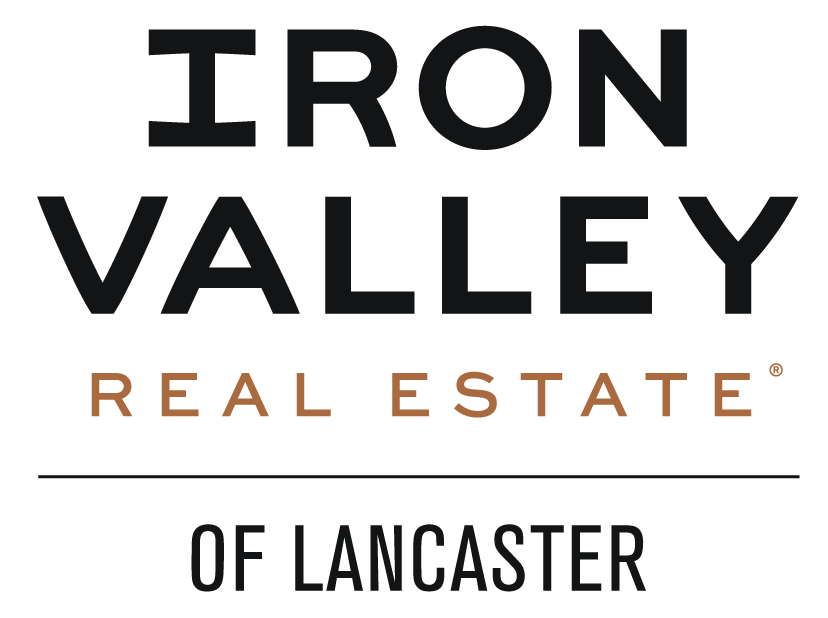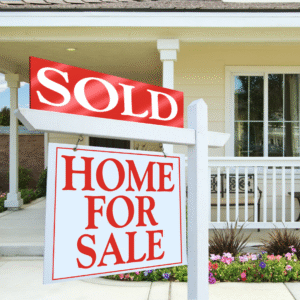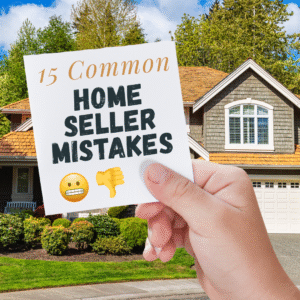You are ready to upgrade to that dream home! It could be a larger home in the country with room for your growing family. You want a big kitchen to gather in and a large yard to plant a garden. Or it could be a small home in town that’s easy to maintain so you can travel more. You want to walk to coffee shops and restaurants, and lock and leave when you go away.
Whatever your dream home is, you have one problem! You need the money, or equity, in your current home to purchase your next home and you can’t carry two mortgages. How do you tap into that equity so you can buy your dream home? There are several options, depending upon your situation.
The first step in the process of buying and selling is to figure out how much money you can spend on your next home purchase. This includes looking at how much your current home would sell for, minus expenses and payoffs, to figure your net proceeds. Then we find out from your lender the amount you can borrow for your home mortgage. During this, you will also find out how much you need for closing costs and determine how much you want to put down.
Once we have all of the numbers, you are ready to move forward with buying a new home and selling your current home. We are going to look at five ways to buy and sell a home at the same time by using your current equity. The one that is right for you depends on your individual situation.
1. Sale and Settlement Contingency. We begin looking at homes for sale within your budget. When we find one you like, we write an offer with a Sale and Settlement Contingency. Once your offer is accepted, this contingency allows you a certain amount of days to get your home listed on the market. Then you have another period of time to get your home under contract. Your home has to sell and close in order for you to purchase your next home. Typically, the closings for the two homes occurs on the same day. Your current home is settled first and the funds are wired to the closing company for your new home purchase. If your home sale falls through, you cannot purchase your new home.
2. Bridge or Swing Loan. In this case, your bank “bridges the gap” between your old home and new home purchase. You do not need to sell your home first. You find a home you want, write an offer, and go under contract. The bridge loan gives you the closing costs you need. You make interest-only payments until you sell your old home. Once that sale is complete, the new mortgage is set up. You do not need a Sale and Settlement Contingency, and you have 6-12 months to get your old home sold. This allows you to take your time moving and selling. It also makes you a more competitive buyer since you do not have a Sale and Settlement Contingency. You do need to have sufficient equity in order to qualify for this type of loan.
3. Contingent on Suitable Housing. With this scenario, we put your house on the market “contingent on seller finding suitable housing.” You can start looking for a home during this time, but hope to have a buyer willing to go under contract who isn’t on a timeline to close. You will have a certain amount of time to find a home once you’re under contract before the buyer can back out. If you can’t find anything, you can back out as well. Once you’re under contract, it does help in finding a new home because you have a buyer for your home already. In this case, you would write an offer with only a Settlement Contingency. Putting your home on the market first gives you peace of mind that you already have a buyer for your home when you do find a new home.
4. Using a HELOC. If you have a large amount of equity and your home is mostly paid off, or entirely paid off, you can take out a Home Equity Line of Credit. You only pay interest on the amount that you use. So it’s “free” until you pull money out. This can allow you to take your time looking for a home. If you have enough money to purchase your new home outright, you can buy it then pay off the HELOC when your old home sells. If you need a mortgage, you would find out how much you can qualify for and use your HELOC for your closing costs. Once your old home sells, you would pay off your HELOC.
5. Finding Temporary Housing. This is probably the least desirable method when buying and selling a home, unless you have a great place to stay. You would sell your current home first and find temporary housing to stay in. This allows you to take your time looking for a new home, removes the need to use a Sale and Settlement Contingency, and lets you know exactly how much money you have to work with. It is also a great method if you are moving to a new area and want to explore first before deciding where to buy a home.
Whatever your situation, there is a way to tap into your current equity to make that dream home become a reality! Each situation is different and takes a different strategy. Please reach out for a free consultation. We can review your situation and find what way works best to get you out of your current home and into your dream home!








 By Launch Kits
By Launch Kits